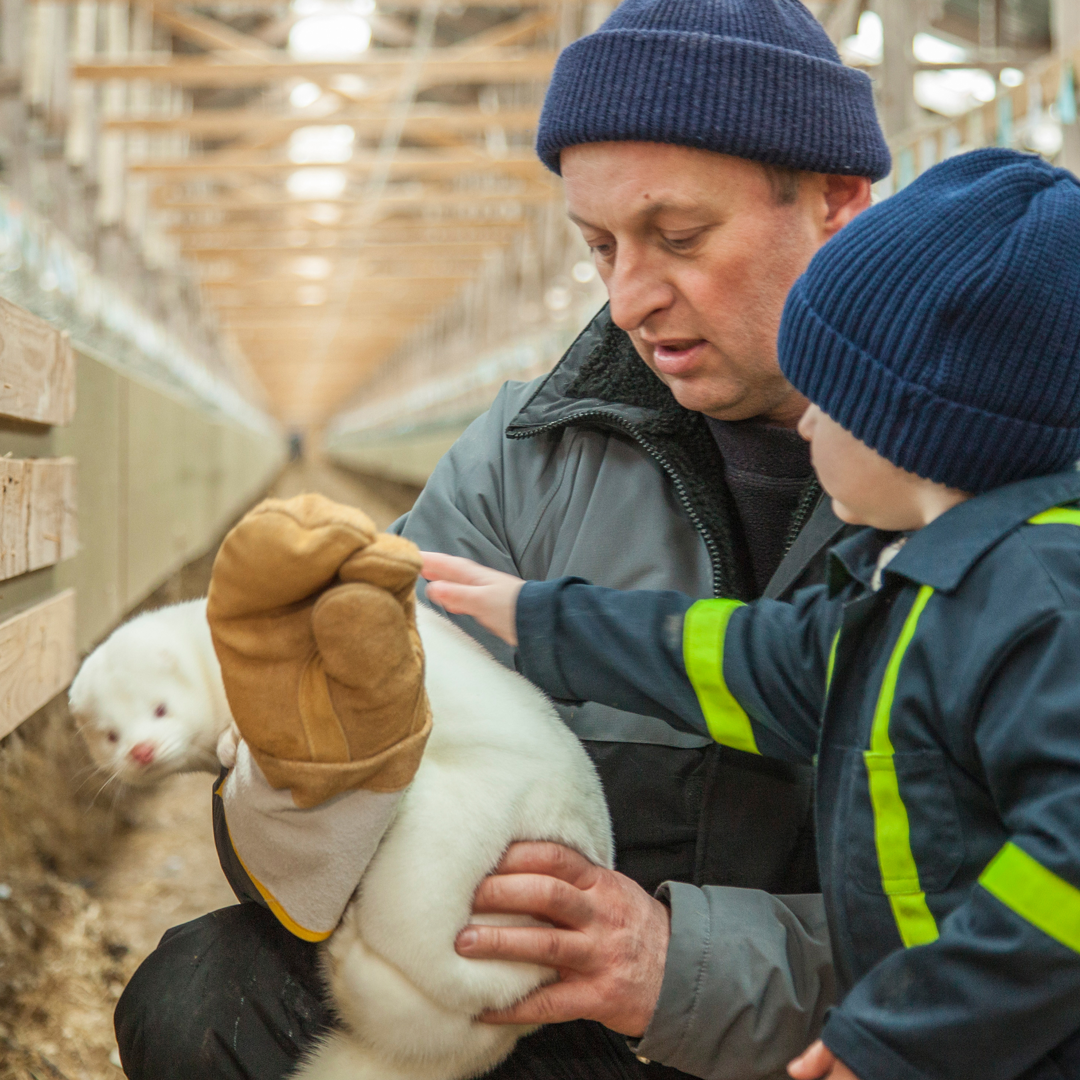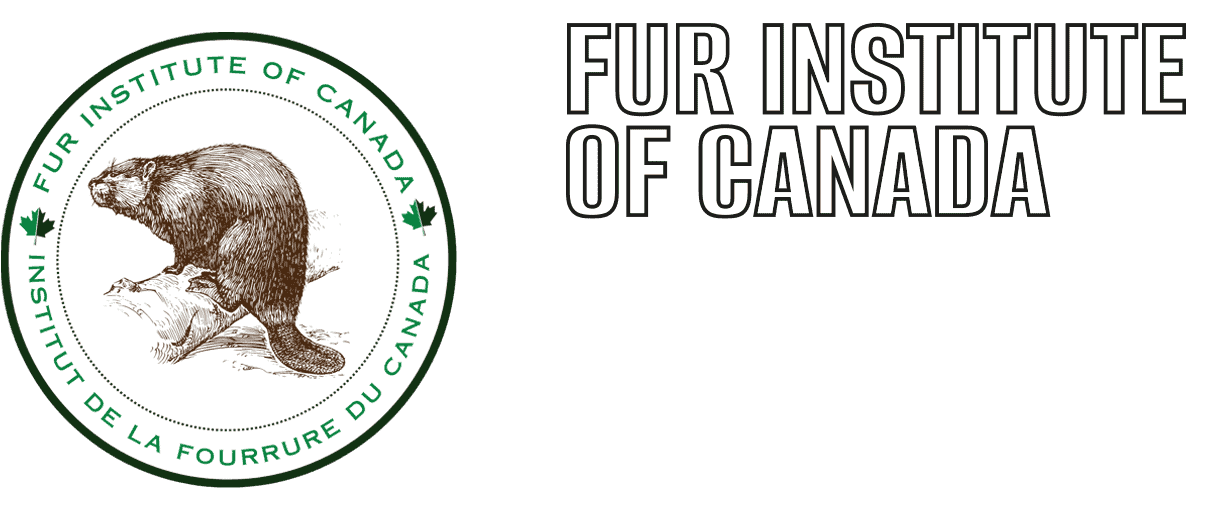Care Guidelines for Fur Farming

Since fur farming began on Prince Edward Island back in the 1890s, Canadians have attempted to domesticate several species of furbearer, with some attempts being more successful than others. Today, almost all fur farms in Canada raise either American mink (Neogale vison) or red fox or its melanistic form, silver fox (Vulpes vulpes).
Canadian farmers produce some of the finest mink and fox in the world, an achievement that is only possible because they give their animals excellent nutrition and veterinary care, based on many years of scientific research.
Farmers also place high priority on the welfare of their animals. National, provincial and territorial laws protect all domestic animals against cruelty and neglect, but fur farmers add to these laws by also adhering to Codes of Practice developed with the welfare of their specific animals in mind.
These Codes of Practice are maintained and updated for a wide range of livestock by the National Farm Animal Care Council (NFACC), a unique collaborative partnership of diverse stakeholders, including animal welfare groups, government regulators, scientists and farmers.
Specifically tailored to mink farming is the Code of Practice for the Care and Handling of Farmed Mink.
For fox farming there is the Code of Practice for the Care and Handling of Farmed Fox (Vulpes vulpes).
Both the mink and fox Codes contain sections on: accommodations and housing, biosecurity, feed and water, health and welfare management, husbandry, euthanasia, and transportation.
